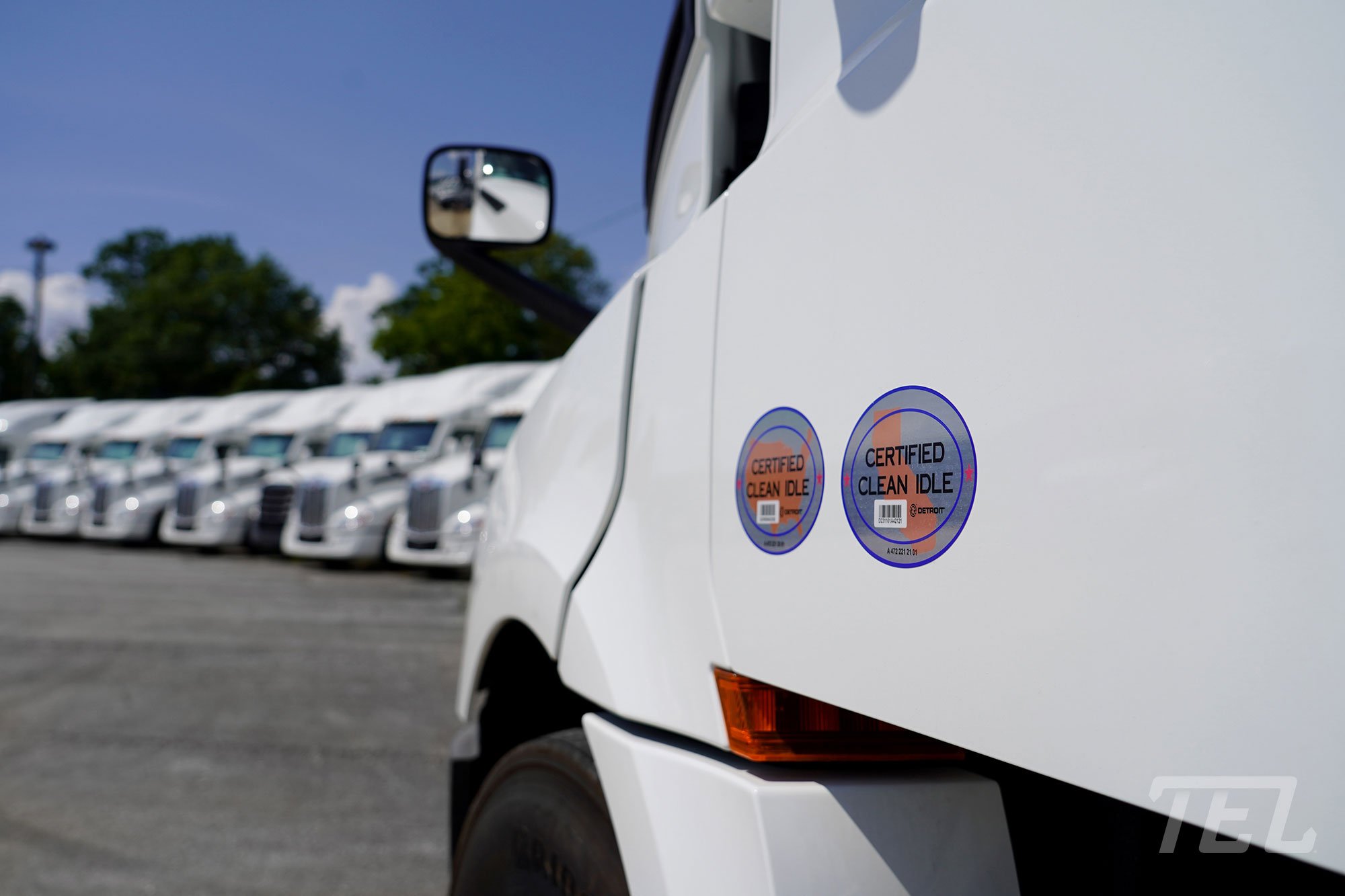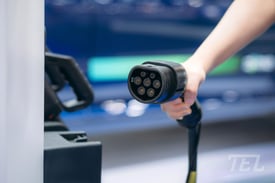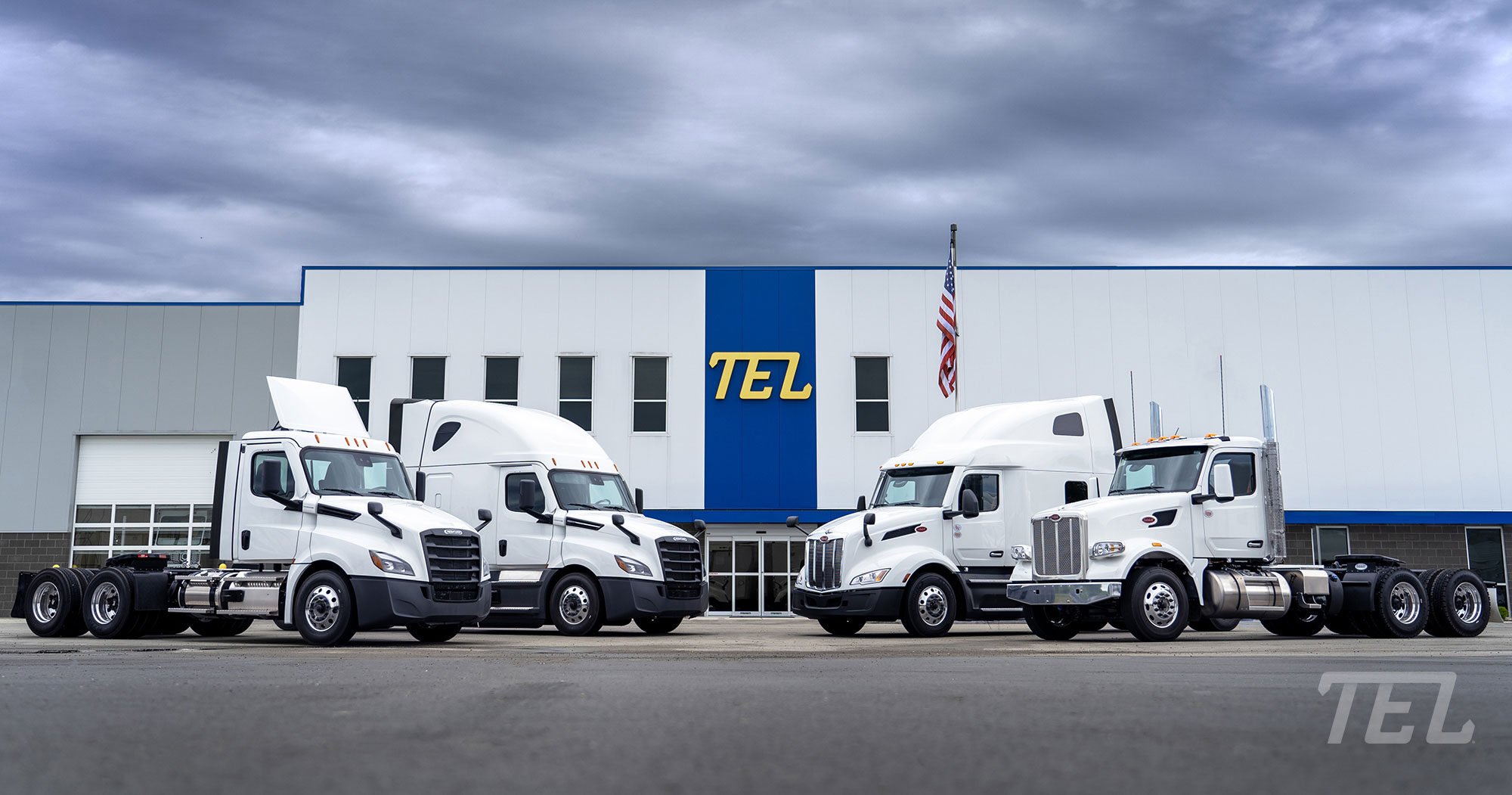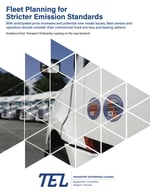
Gearing up for the new emission standards is proving to be no easy haul for fleet owners. The Environmental Protection Agency requirements for heavy-duty trucks apply to original equipment manufacturers, not to owners and operators, but they are already influencing the planning and purchasing decisions of commercial truck fleets.
“Many trucking companies are considering the way forward and figuring out their fleet plans today. They’re expanding their annual decision making to cover the next three years,” says Jacob Brazier, senior vice president of sales for Transport Enterprise Leasing (TEL).

One major concern is the hefty price increase anticipated with the new models. Another is reliability.
While manufacturers undoubtedly will step up to the challenge of meeting the stricter standards, history tells us that new models incorporating new technologies can have reliability issues. This was the case with some models meeting exhaust gas recirculation requirements in 2008 and selective catalytic reduction requirements in 2010 – resulting in vehicle breakdowns, costly repairs and downtime for fleets.
Adding to these concerns is confusion over exactly which model years are affected by the new requirements, known collectively as Greenhouse Gas Emissions Standards for Heavy-Duty Vehicles — Phase 3. The new standards, which target reductions in nitrogen oxide as well as greenhouse gas, parallel efforts by California and other states to restrict emissions. Fortunately TEL, one of the premier truck leasing providers, has put together a report – Fleet Planning for Stricter Emission Standards – with information and actionable advice that fleet owners and owner operators need now to prepare for the changes.
The report clearly explains what the standards are, and which model years they target. It provides cost estimates on price increases expected with the new models and discusses the higher maintenance expenses anticipated for electric fleets.
 Highlights of the report include a handy chart summarizing nine action steps for today’s fleet managers. This includes advice on planning and timing vehicle acquisitions for unit replacement and fleet expansion given how the emission standards could affect new models. It also outlines strategies that, historically, have proven helpful in times of transition for the trucking industry: pre-buying, and leasing.
Highlights of the report include a handy chart summarizing nine action steps for today’s fleet managers. This includes advice on planning and timing vehicle acquisitions for unit replacement and fleet expansion given how the emission standards could affect new models. It also outlines strategies that, historically, have proven helpful in times of transition for the trucking industry: pre-buying, and leasing.
“Pre-buying presents the opportunity to secure a better price point on trucks with proven technology and reliable results while new, unproven technology is tested on the road,” explains John Barber, regional director of business development for TEL.

Leasing is another attractive option because it helps owners and operators mitigate risks given the uncertainties over future models. In fact, many commercial fleets already use leasing — in times of stability as well as uncertainty — to expand their operations without taking on additional capital.
 Get your free copy of Fleet Planning for Stricter Emission Standards
Get your free copy of Fleet Planning for Stricter Emission Standards
Like this kind of content?
As a member of the Wnbaz, stay on top of emerging trends and business issues impacting transportation and logistics; learn the importance of gender diversity in the workplace and the need for more women drivers; and see best practices in encouraging the employment of women in the trucking industry. Join today! Learn More







